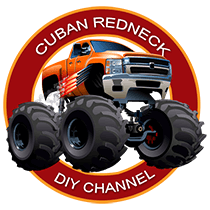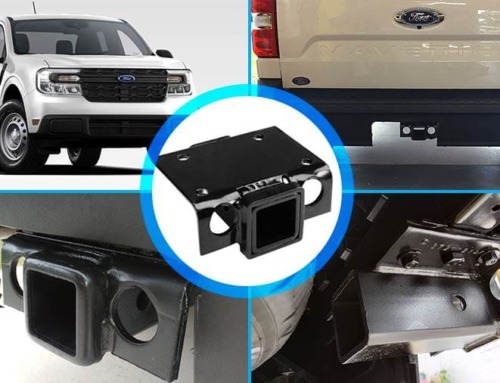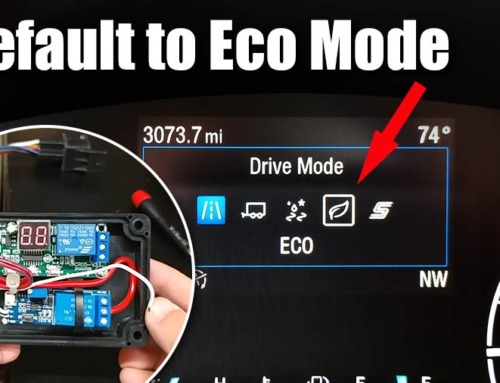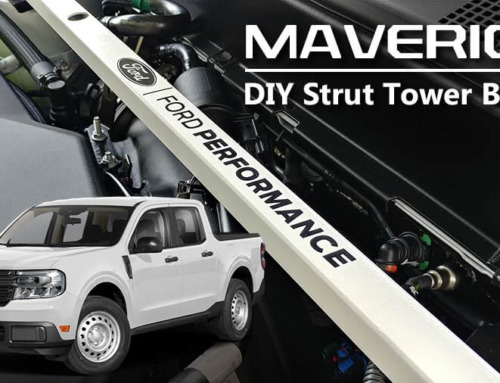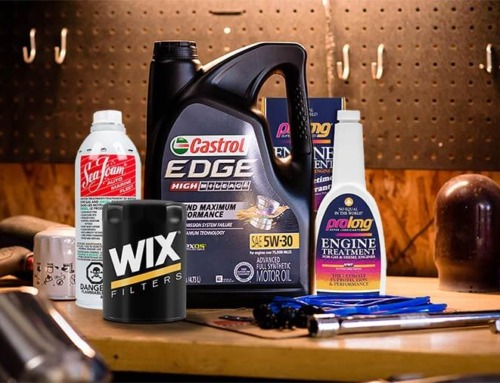Hello, I would like to welcome you to the first post on what will eventually be a dedicated series or playlist covering an array of modifications and upgrades to my 2022 Ford Markerick. There are many things I want to do to this truck, including improving performance, fuel economy, stance, and several upgrades I avoided ordering from the factory, such as trailer hitch, cruise control, spray-on bed liners, and others.
Before ordering my Ford Maverick, I consulted several people I know from my racing days that have ties to the FoMoCo. I had already decided to buy the truck but was trying to gather as much information as possible regarding known issues and options to avoid. I was told that if I wanted my vehicle in a reasonable amount of time to order what many may consider a “work truck,” that is what I ended up doing. I am glad I did because I had my truck in 87 days, while many are still waiting.
I ordered my Maverick with a 2.0 EcoBoost engine because most of my driving is on the highway, where IMO the hybrids are falling a little short of expectation. Although I now live in SWFL, I still have quite a few ties to South Florida, and monthly trips to Miami are a part of my routine. For this reason, I wanted to address one of the biggest complaints people have about this little engine! That is excessive carbon buildup in the intake valves and runner. I am not 100% sure why is FORD and especially the EcoBoost single out with this problem when this is something plaguing all DI (direct injected) engines, including those made by BMW, Mercedez, Audi, VW, Hyundai, Kia, Toyota, Honda, GM, and others.
The funny thing is that the solution is not only quite affordable and easy to implement but something any DIY person can do when basic tools. I am talking about installing a catch can oil separator.
EcoBoost 2.0 Oil Separator Catch Can
Regardless of my racing and engine-building experience, this is the first I get to tinker with a Ford 2.0 EcoBoost. If this were a 5.0 or even a 4.6, I would go straight to the issue. Still, this particular engine has a lot of unique things that are new to me, i.e., direct injection and two crankcase ventilation ports, one on the top (valve cover) and a second on the block right under the intake manifold. As I researched the subject, I started to run into conflicting or incomplete solutions. What am I talking about? Well, there seem to be two camps when it comes to installing a catch car oil separator on an EcoBoost 2.0.
Camp #1 – IMO, the cheesiest are those that are implementing oil catch cans “ONLY” the valve cover or, as it is often referred to, “the clean side.” This prompted me to post a question on the Maverick Truck Group forum, which got an inconclusive answer. On this post, somebody referred me to camp #2!
Camp #2 – Is splitting the tube from the OEM oil separator plate on the block, right under the intake and the PCV valve! This is more efficient but still flawed because, in real-life tests, a substantial amount of goo is getting collected from the top side!
How is this possible? Well, inside the engine, this is all one large chamber, and if the objective is to keep your engine from inhaling oil mist from your crankcase, both need addressing! However, unlike more advanced kits available for Toyota and other high-performance applications, all the catch can oil separator kits on the market for the 2022 Ford Maverick 2.0 EcoBoost consist of one catch can! With this in mind, I decided to conduct a little experiment!
Maverick 2.0 EcoBoost Oil Separator/Catch Can Test!
Although I was concerned about applying an excessive vacuum to the valve cover port, I ordered the necessary parts needed to install an oil catch can using a “Tee” to join both the top port and the vent plate PCV port. The hypothesis is simple. Join both ports and fee them to the high vacuum manifold port while filtering it through the catch can. I had doubts about this because I have never taken this engine apart. When large vacuum pumps are used to scavenge crankcase fumes in some racing applications, oil passages in the lifter valley have to be drilled or enlarged for oil to return to the pan. This issue has sidetracked me in the past, so the concern was there!
The first thing that I want to state is that it is not necessary to loosen, remove, or even unplug all the hoses and plug some oil separator catch can installation videos on YouTube suggest. If you remove the cold air intake tube on top of the radiator and lay a towel or rag over the fan so that you don’t get scratched, you can reach down and undo the connectors.
After removing the PCV tube, I proceeded to the one on top of the valve cover. Some people have successfully removed this breather tube without breaking the tabs. I was not able, and after messing with it for 15-20 minutes, I yanked firmly on it, the clip broke, and it came apart. Upon further inspection and finding out that this is an $8 Ford part#: (K2GZ-6758-H), I am convinced this is a throwaway part. And yes, there are replacement clips for some quick-connect fittings, but when I recorded this video, neither Ford nor any of the local auto parts stress had a replacement clip.
I used some 90 Degree Quick Connect SKU (2025-40) for the installation. I got these from eBay. Alone with some 5/8 heater hose (Item #748306) from Lowe’s, the piece of 3/8 hose I had but would recommend (Item #814335) from Lowe’s. Instead of clamps, I used some 120 lbs zip ties from Lowes (Item #4663849). I got the “Tee” and the catch can from Amazon, but that is irrelevant because my concern became a reality after a week or so of driving.
I immediately noticed an uptick in valve train noise when the engine was cold. That went away the minute the engine warmed up, and the oil got thinner. But upon further inspection on a 30-mile drive down to Rockstar Harkey in Fort Myers, I noticed evidence of the 5/8 hose collapsing. Due in part to the amount of vacuum generated by the turbo under acceleration.
The solution to this would be to order a stiffer hose like those stainless braided ones used on racing applications but at the cost of over $60 with the connector. That would be a deviation from one of my goals of making this so cheap that cost is not a factor. An easier solution would be to order a second catch can! This is a common practice on Ecoboost 3.5 engines and many Toyota applications.
Although the second oil catch can cost $4 more than the first one ordered, it is a bargain compared to a stainless braided hose, and even many of the oil catches can kist available for the Fors Maverick.
Ford Maverick 2.0 EcoBoost Oil Separator Catch Can Installation.
A day or so after realizing that using a “Tee” to bridge the top and bottom crankcase ventilation ports on my Ford Maverick 2.0 EcoBoost, the second catch can arrive. I had plenty of spare hosen and zip ties, so that was not an issue.
One thing that I had to address was the mounting. There is enough lip on the fender between the neck of the windshield washer can and where I fastened the first catch can to hold both units side by side. I used a scrap piece of flat 1/8″ X 2″ X 8″ aluminum stock. I purchased this from Lowe’s as well a while back, and although a little short, a couple of extra inches would have been better. If I had to buy material, I would probably use the same.
Below is everything I use, and I hope this post and video help you with your Ford Maverick 2.0 EcoBoost catch can oil separator installation. And if you decided to go forward and address what I consider a potential issue with your Maverick by installing an oil catch can, please do both the top and bottom. You will be shortchanging yourself otherwise. Please feel free to contact me or comment if you have any questions.
*This last one is needed to convert from the catch can M16 to 6AN fitting!
Last update on 2025-11-14 at 09:06 / Affiliate links / Images from Amazon Product Advertising API
